Inspired by my colleague’s video of his thoughts on the Sony PlayStation‘s 20th anniversary, I thought I would share my own remembrances. The original PlayStation console was released on December 3, 1994, in Japan, and in the US on September 9, 1995. While it was on the latter date that I got a PlayStation of my own, it’s obviously the earlier date that we’re celebrating the anniversary for this month. In fact, Sony and other companies have been getting in on the festivities, with cool original PlayStation-themed PlayStation 4‘s (currently leading the next generation pack), and free games.
While you can read about the history of the PlayStation and my full thoughts on the now legendary system in Chapter 3.2 of Vintage Game Consoles (and of course 19 of the other greatest consoles, handheld, and computer game playing platforms of all time), I’ll summarize here. After selling off a good-sized portion of my Sega Genesis and Super Nintendo collections for credit, I went to my local Electronics Boutique (which I worked at for a time in college) and stood in line on the launch day to get my unit. Up until the US launch of the Sega Dreamcast about four years later, console launches weren’t really a big deal, although there was a respectable line, which was still a bit unusual, particularly since this was Sony’s first foray into consoles after an at-best mediocre attempt developing third party console games. In any case, that line was definitely a sign of things to come.
At the time, I only literally had enough money for the unit itself and no additional games, but luckily the launch units came with two discs. While Sony bucked convention by omitting a pack-in game – which has sadly become the norm – the primary sample disc, dubbed PlayStation Picks, was actually packed full of game demos, which included titles like the striking, if shallow, 3D fighter, Battle Arena Toshinden. It was of course Sony’s gamble on creating a 3D-centric (actually, polygon-centric) console that made the PlayStation seem so fresh and exciting–a literal technological dividing line between the old and new way of doing things had been crossed. In fact, unlike its competitors, Sony was all in on this relatively new mainstream technology, with few compromises, and backed it up with a reasonably speedy CD-ROM drive, something even the PlayStation’s later 3D-centric rival, the Nintendo 64, would omit to its own detriment.
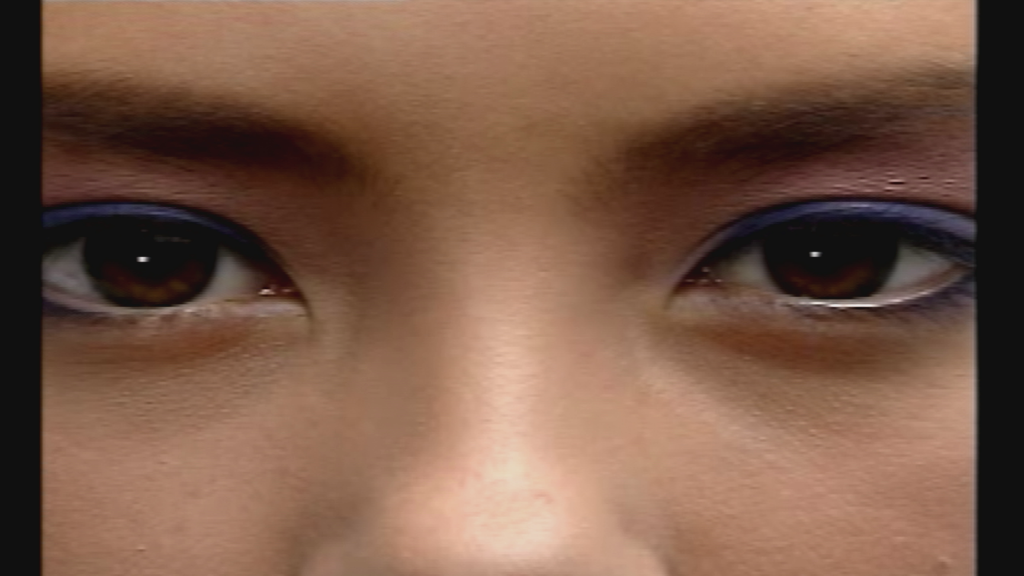
“Movie” from my PlayStation Developer’s Demo disc, showcasing the high quality video that could be generated when all system resources were used.
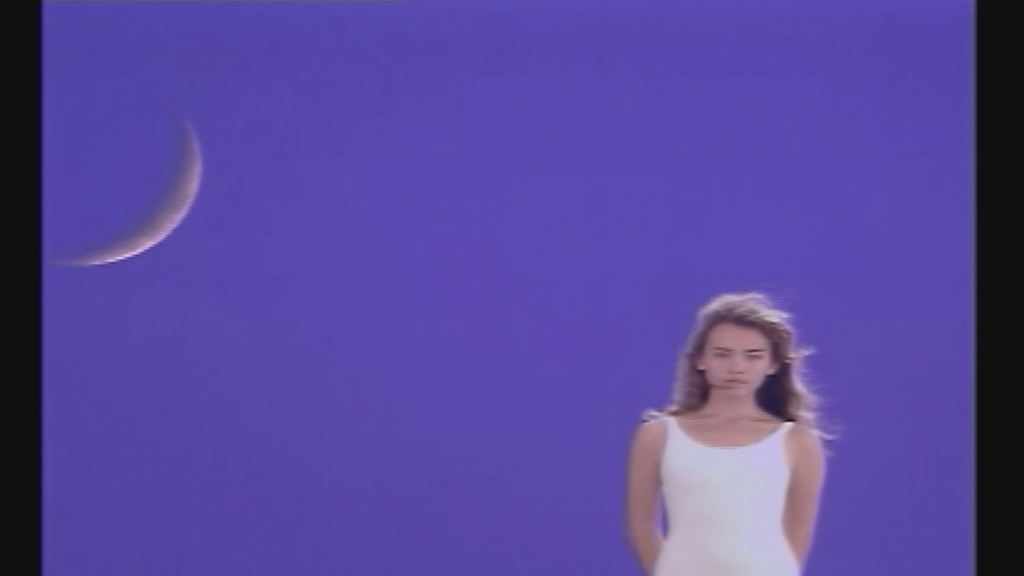
“Movie” from my PlayStation Developer’s Demo disc, showcasing the high quality video that could be generated when all system resources were used.
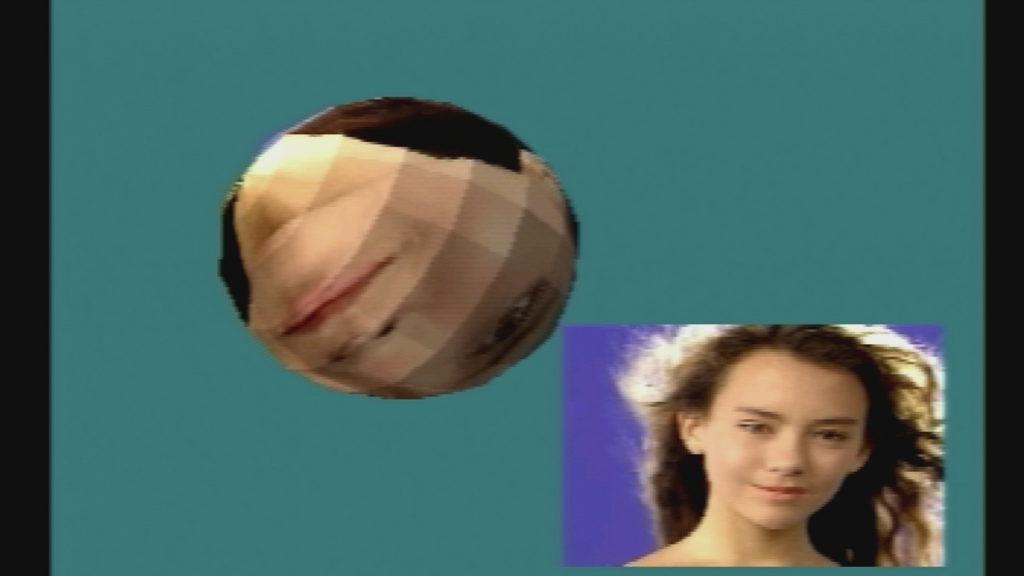
“Movie” from my PlayStation Developer’s Demo disc, showcasing how video could be manipulated and warped onto polygons.
The other disc was the PlayStation Developer’s Demo, which only a few retailers carried. Luckily, mine did. On it were bite-sized technical demos showing high polygon count interactive 3D models and high resolution video clips. Again, the PlayStation was a technical marvel for the time, and Sony made sure you knew it. Of course, a console is nothing without games, and Sony made sure that the US launch featured a huge launch library, making the earlier, clumsy Sega Saturn launch with just a few buggy titles seem like amateur hour (the Saturn never did recover momentum). Sony truly executed like an old master and both first and third party game support never stopped, with well over 2,400 titles in its library across all regions by the time of the last official game release in Japan in 2006, about a dozen years later.
In any case, I played the heck out of both demo discs and slowly built up my PlayStation library over time. While I did end up selling some titles to fund new acquisitions, I got most of the classics back over the years. Just like the Nintendo Entertainment System created life-long Nintendo fans, Sony’s first console created life-long PlayStation fans. While as a collector, I’m a fan of just about everything, I definitely have a soft spot for the PlayStation and how it ushered in the first major technological transition since the release of the first programmable videogame consoles and cartridges back in 1976. For that alone, it will always have an important place in videogame history.



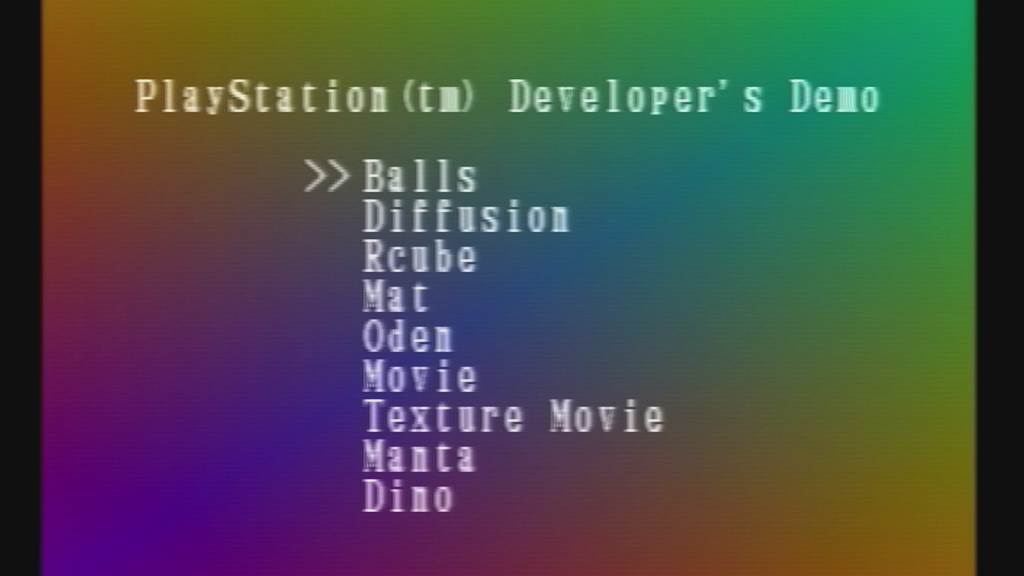
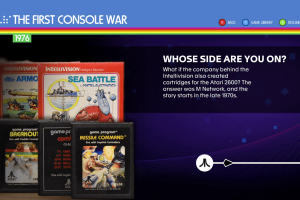

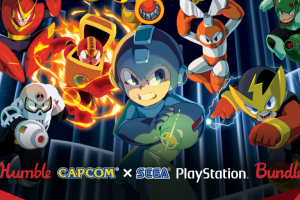
 Your total news and information resource for all things Science, Technology, Engineering / Mathematics, Art, and Medicine / Health.
Your total news and information resource for all things Science, Technology, Engineering / Mathematics, Art, and Medicine / Health.
Leave a Comment